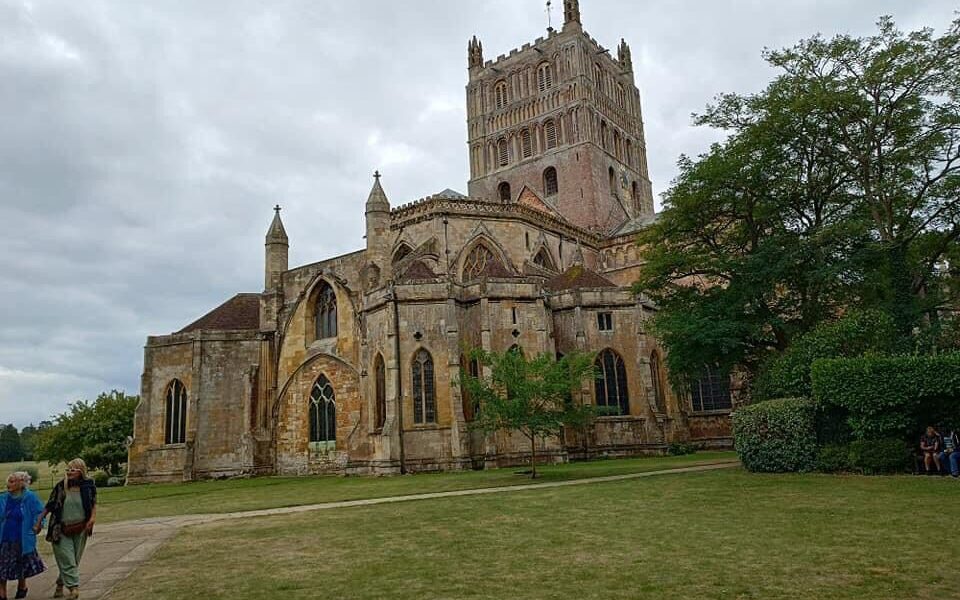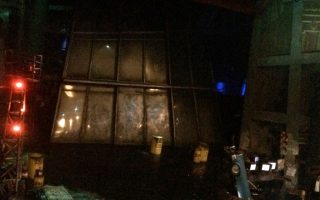If you didn’t already know that Tewkesbury was an important site for the War of the Roses, you soon will. Every part of the town has a reminder, from coats of arms to street names, pub names and the flags decorating the lovely old town.
Its history goes back much further though. The town is believed to have been named after a 7th century Saxon, who founded a hermitage on the site.
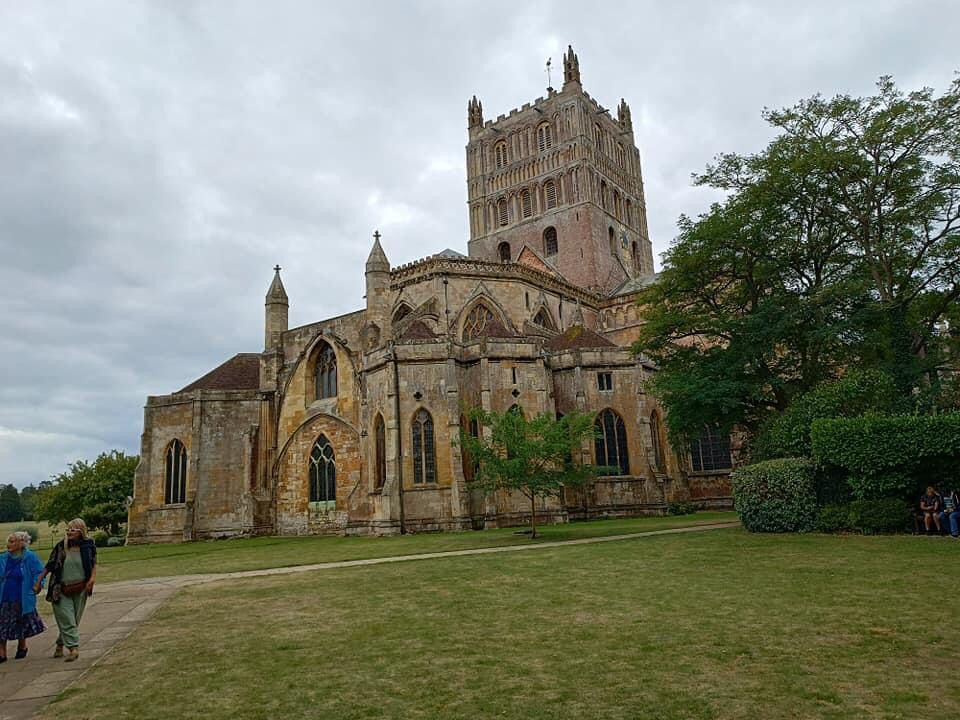
Tewkesbury Abbey is a beautiful place to visit. The grounds are very beautifully maintained, with incredible old trees. It was founded in the 11th century, although the building didn’t commence until the very beginning of the 12th century. Despite suffering after the dissolution of the monasteries, the abbey is famous for its medieval stained glass windows. Less well known is the collection of Victorian stained glass. The seven medieval stained glass windows are among the notable surviving 14th century examples in Europe.
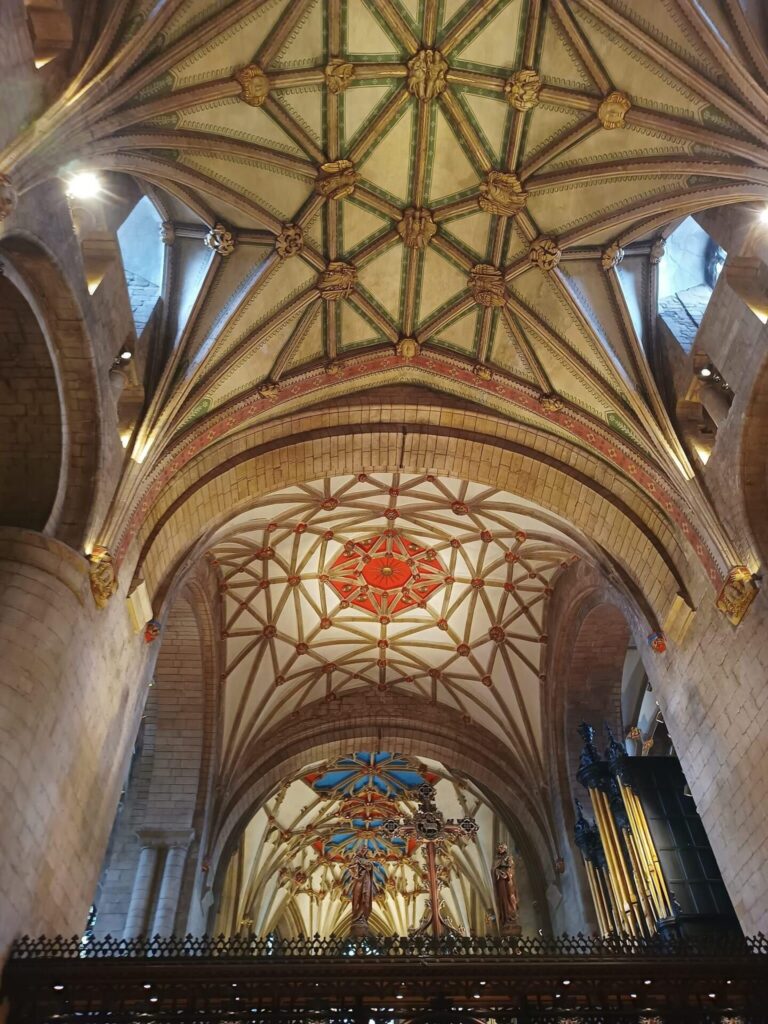
The abbey also has the largest Norman church tower in existence. The building is considered to be one of the finest examples of Norman architecture in Britain. The origins though, likely stretch back to the aforementioned hermit, Theoc, although no remains of his original cell have been found.
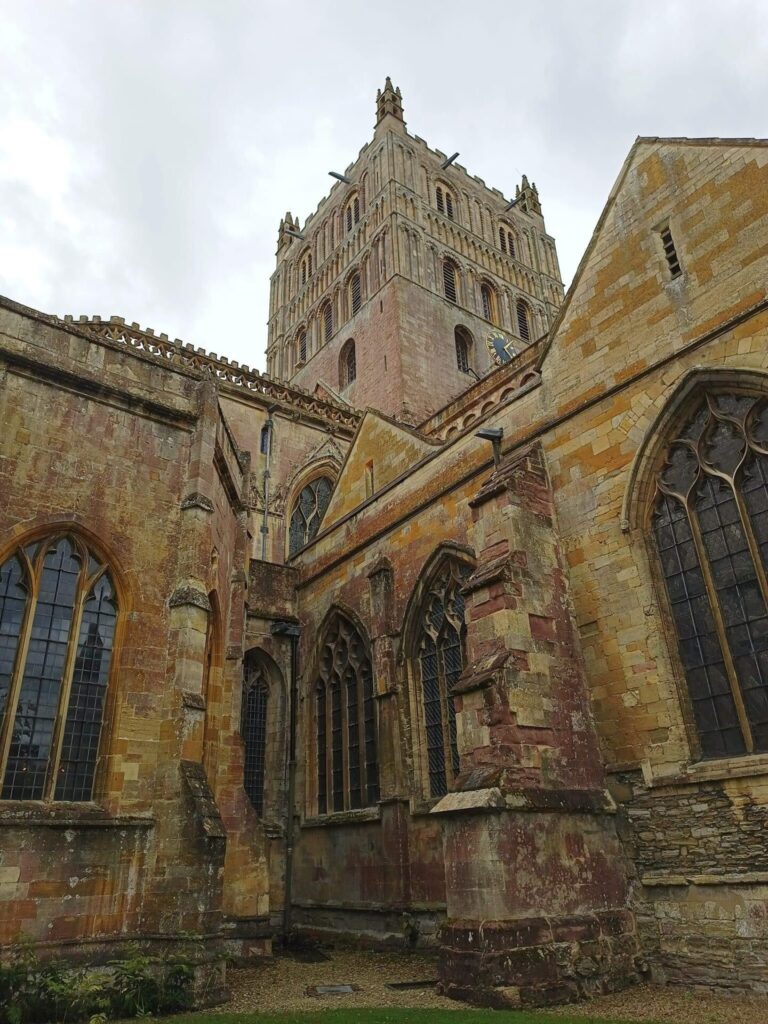
In modern times the abbey is very welcoming to visitors. I was lucky enough to go while the choir was rehearsing, and they are fabulous. There is a huge amount of space, artefacts surround the edges and some old monuments survive.
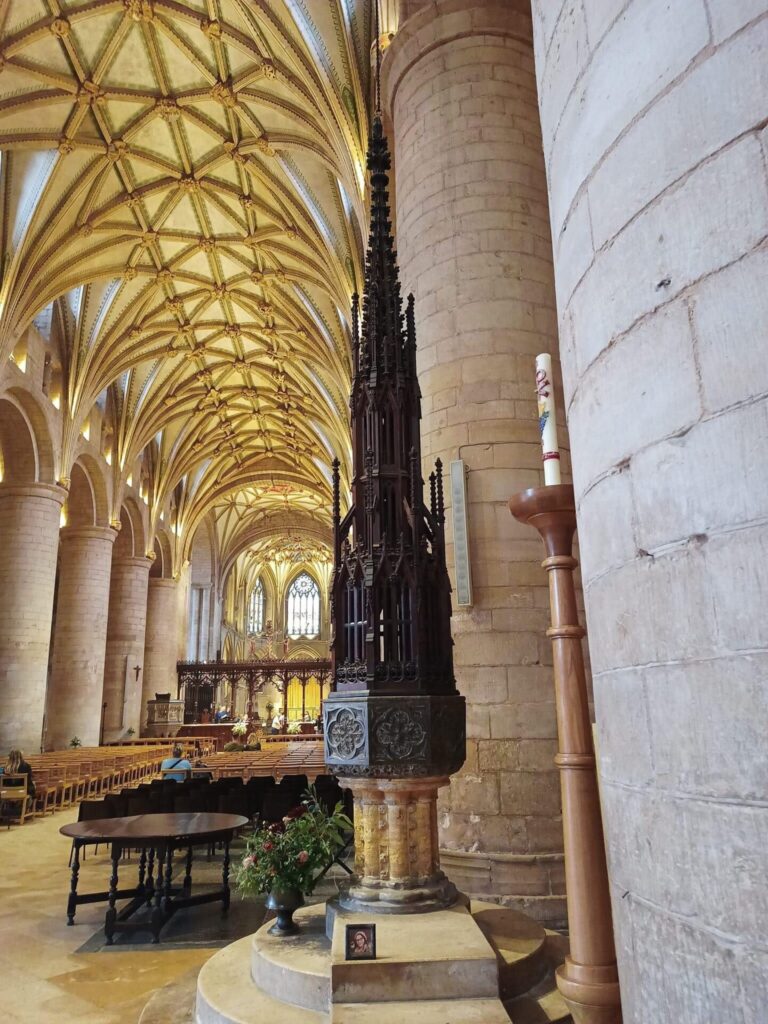
Outside, in the town, it’s as if the town has decided to suspend time at the War of the Roses period. The Battle of Tewkesbury was one of the decisive battles. Taking place on 4th May (Star Wars day to geeks like me) 1471. The house of York defeated the House of Lancaster. Many Lancastrian nobles, including the Prince of Wales, were executed and Henry VI, who was imprisoned in the Tower of London died (possibly murdered) shortly after the battle. The Yorkists were in power, Lancaster was defeated. It stayed that way until the young Henry Tudor fought for his crown many years later. The surviving Lancastrian nobles sought sanctuary at the abbey, but as it was not officially a sanctuary, they were hauled out and put to death.
Have a good look around you as you wander around the lovely town. Look at the names of the alleys down the streets. Look at the pub names. References to the war and the houses of York and Lancaster are everywhere. The town retains a lot of it’s historical buildings, look up as the modern shop fronts and the historical architecture is there.
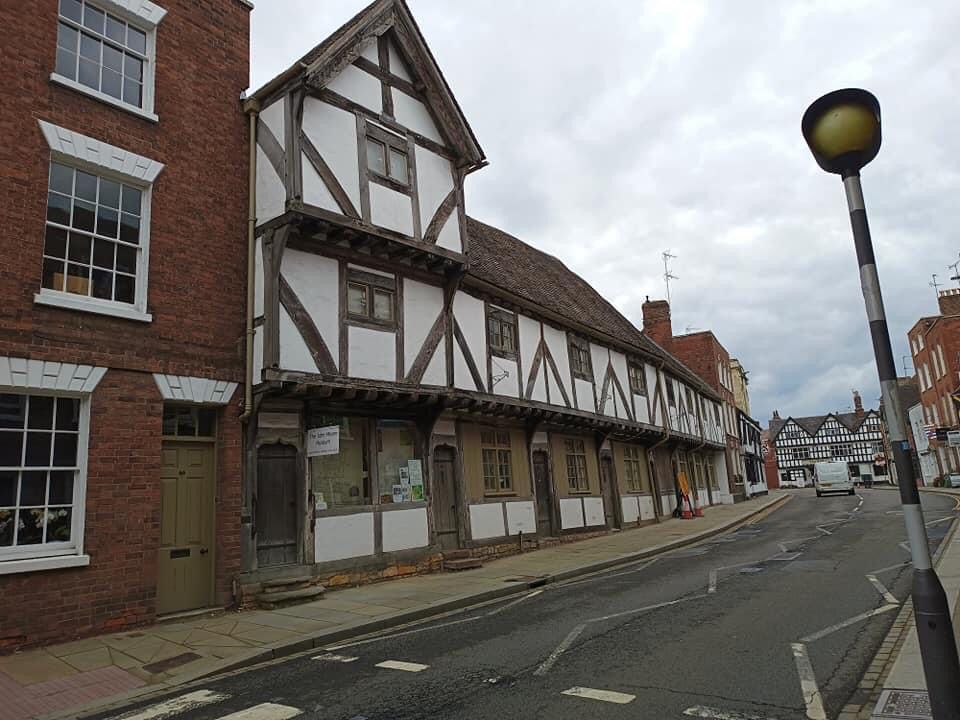
The river was incredibly important to the success of the town and there is a lovely walk along the back of the town following the river. Plenty of independent pubs if you like a tipple. Unusual shops as well as the high street regulars. But the town keeps its historic “air”. It a perfect place to wander around lazily on a nice Sunday afternoon.

